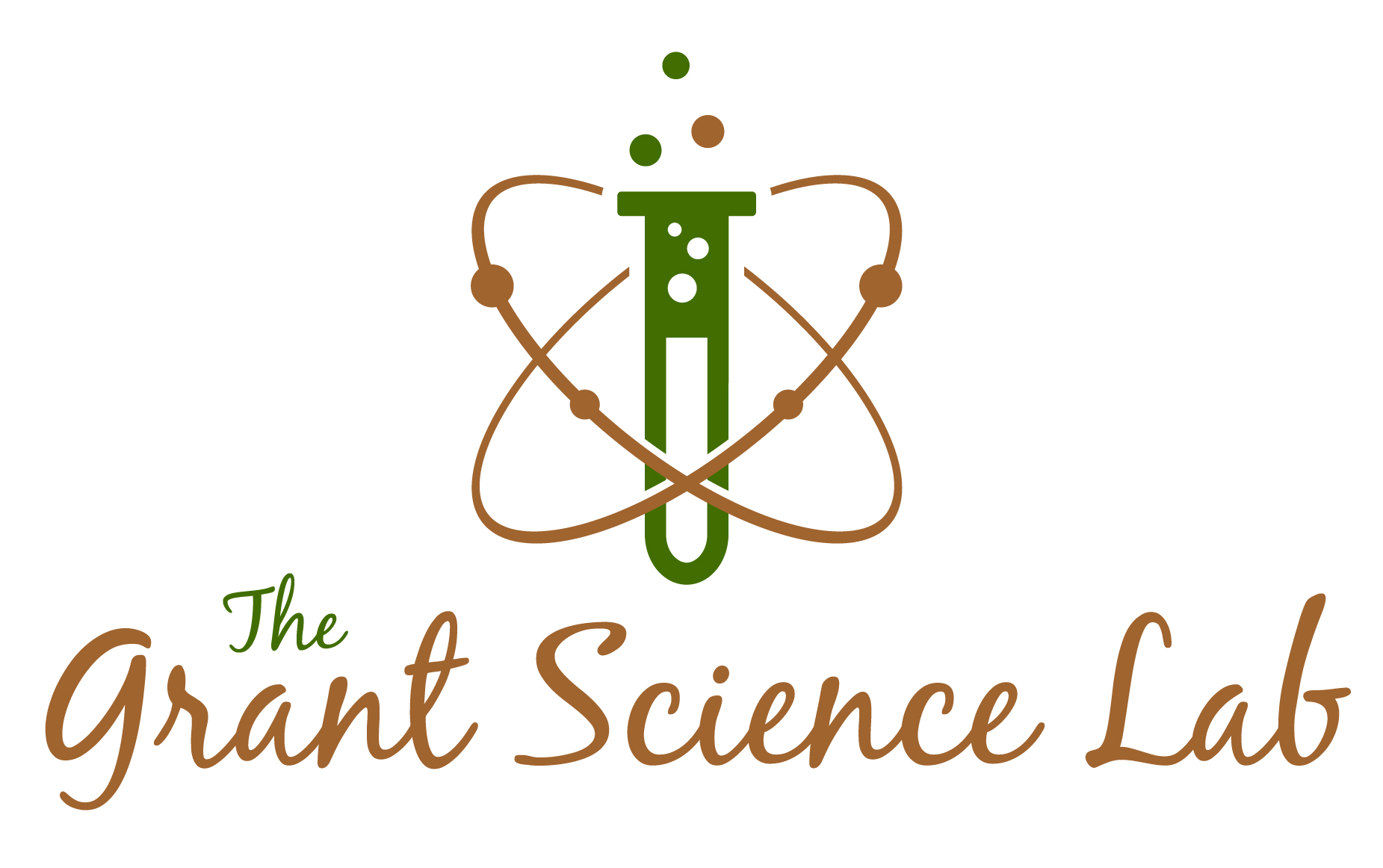Some Thoughts on Science and the Arts
Why add the A to STEM for STEAM education?
It is anecdotal, but I seem to recall artistic hobbies among my scientific colleagues. This article from Scientific American confirms my personal observations. This is not a new idea. Students in an honors college project actually researched the hobbies of prominent scientists (Root-Bernstein and others 2008).
The following two quotes from the Scientific American piece are worth repeating.
At TED 2002, Mae Jemison, a doctor, dancer, and the first African-American woman in space, said,
“The difference between science and the arts is not that they are different sides of the same coin… or even different parts of the same continuum, but rather, they are manifestations of the same thing. The arts and sciences are avatars of human creativity.”
Dr. Jerome Kagan, an Emeritus professor at Harvard University said at and listed in one review as the 22nd most eminent psychologist of the 20th century, says that the arts contribute amazingly well to learning because they regularly combine the three major tools that the mind uses to acquire, store, and communicate knowledge: motor skills, perceptual representation, and language.
“Art and music require the use of both schematic and procedural knowledge and, therefore, amplify a child’s understanding of self and the world,”
Kagan said at the John Hopkins Learning, Arts, and the Brain Summit in 2009.
As a former college professor in a STEM discipline, it seemed to me that my consistently better students were also in the band, the choir, or the orchestra. As a music parent of many years, the academically stronger and STEM inclined students were also in music programs. Scientifically, I have no results to back these observations up, but somebody out there does.
Perhaps it is time to integrate arts avocation and STEM education at the collegiate level?
I cannot speak for the visual arts, but it seems to me that many college students give up the performing arts when they go off to college. Managing rehearsal or lesson time against the demands of lab classes is a big deal. With many students working part-time jobs, it becomes a bigger deal along with the hidden costs of performing. Integrated performing arts and STEM scholarships could address many of these issues. Everybody wins in this scenario. Financial issues get addressed. Cognitive skills grow. Creativity is encouraged. Students become life-long arts learners and supporters.
Now, that would be a grant proposal I would want to write.
